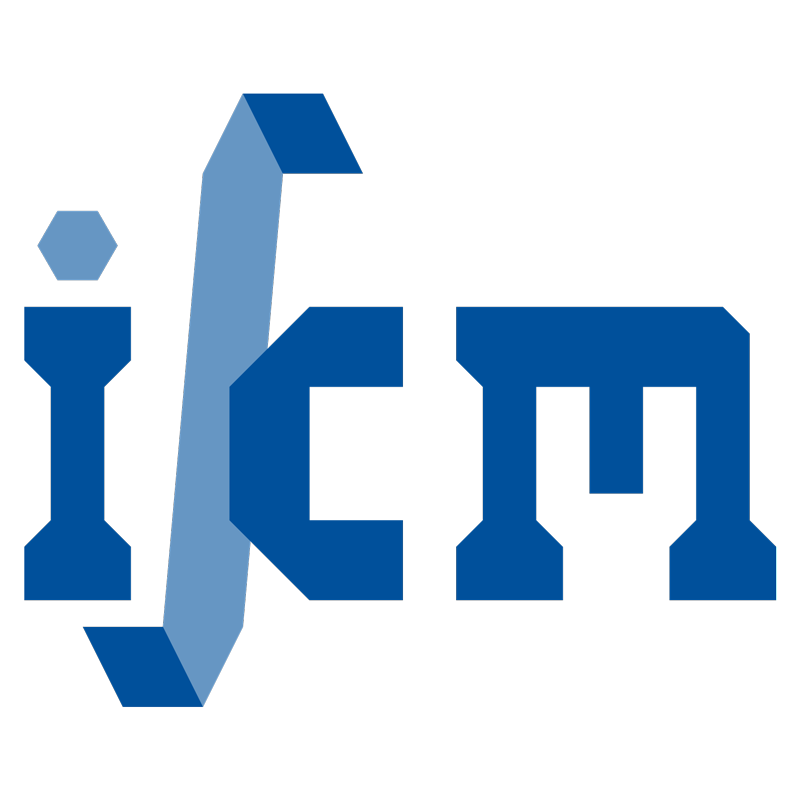Investigation of degraded bone substitutes made of magnesium alloy using scanning electron microscope and nanoindentation
- verfasst von
- Ann Kathrin Gartzke, Stefan Julmi, Christian Klose, Silke Besdo, Anja Christina Waselau, Andrea Meyer-Lindenberg, Hans-Jürgen Maier, Peter Wriggers
- Abstract
Degradable bone substitutes made of magnesium alloys are an alternative to biological bone grafts. The main advantage is that they can be manufactured location- and patient-specific. To develop and scale appropriate implants using computational models, knowledge about the mechanical properties and especially the change in the properties during the degradation process is essential. Therefore, degraded open-pored implants were investigated using scanning electron microscope and nanoindentation to find their material composition and mechanical properties. Using both techniques the correlation of the material composition and the average modulus was determined. It could be shown that the average modulus of the degradation layer is distinctly lower than that of the base material. The local average modulus of degrading implant highly depends on the magnesium concentration and the accumulation of elements from the environment. A decrease in magnesium concentration leads to a decrease in the average modulus. Thus, the degrading implant had a lower stiffness than the initial structure.
- Organisationseinheit(en)
-
Institut für Kontinuumsmechanik
Institut für Werkstoffkunde
- Externe Organisation(en)
-
Ludwig-Maximilians-Universität München (LMU)
- Typ
- Artikel
- Journal
- Journal of the Mechanical Behavior of Biomedical Materials
- Band
- 109
- ISSN
- 1751-6161
- Publikationsdatum
- 09.2020
- Publikationsstatus
- Veröffentlicht
- Peer-reviewed
- Ja
- ASJC Scopus Sachgebiete
- Biomaterialien, Biomedizintechnik, Werkstoffmechanik
- Elektronische Version(en)
-
https://doi.org/10.1016/j.jmbbm.2020.103825 (Zugang:
Geschlossen)


